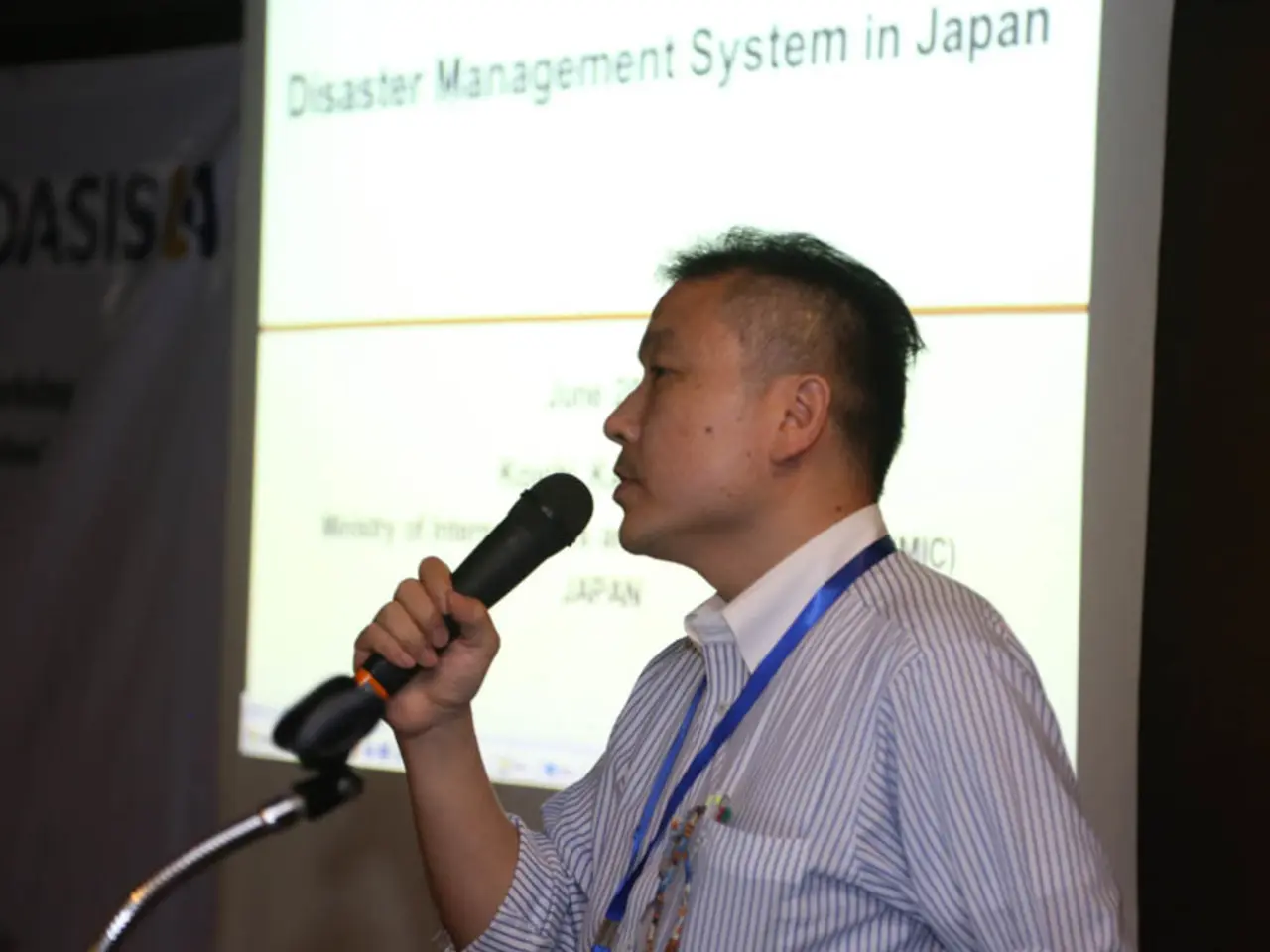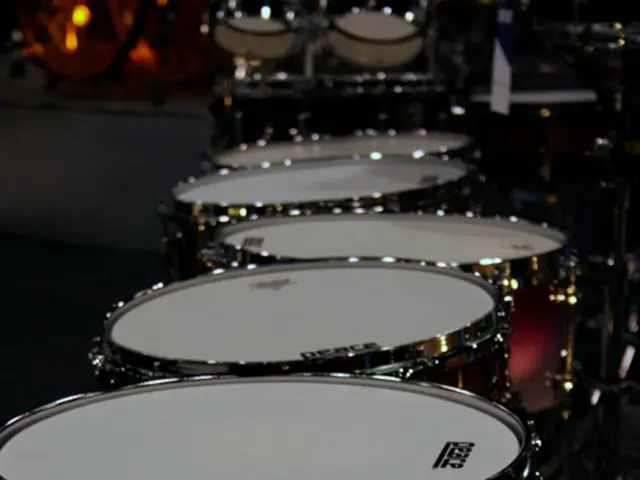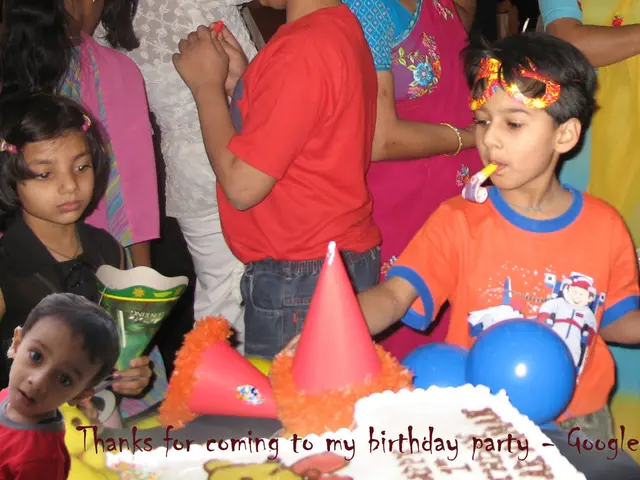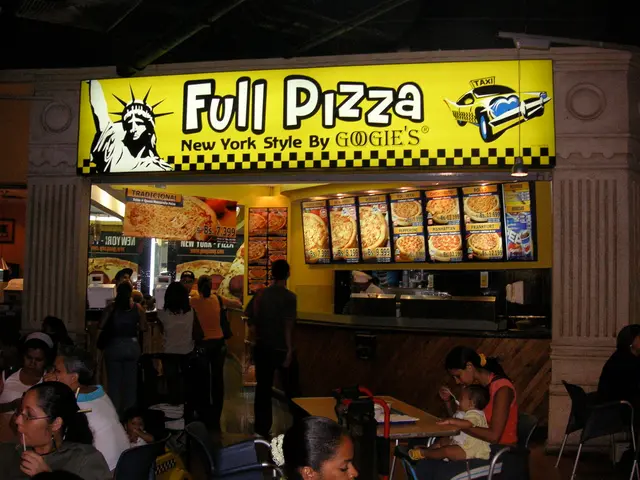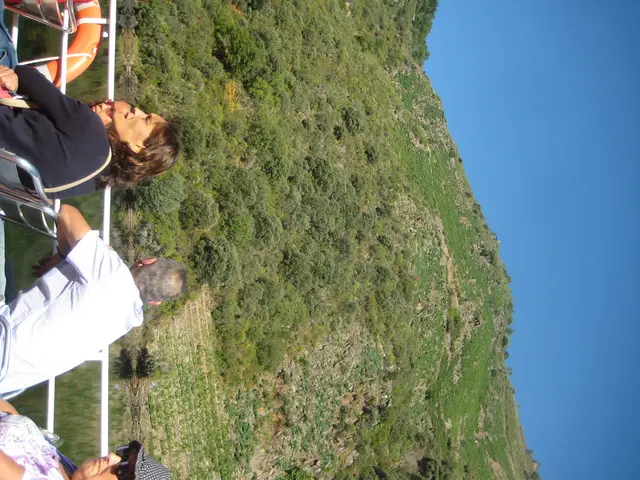Tsunami waves hit Hawaii following a substantial earthquake in Russia's eastern region.
On July 30, 2025, a magnitude 8.8 earthquake hit off Russia's Far Eastern Kamchatka Peninsula, marking the most powerful quake in the region since 1952, according to Russian scientists. The epicenter was approximately 119 km east-southeast of Petropavlovsk-Kamchatsky.
The earthquake triggered tsunami waves of up to 5 meters (16 feet) in some areas, prompting evacuations of over two million people in various countries. The US Tsunami Warning System warned of hazardous tsunami waves spreading across the Pacific.
The Pacific-wide tsunami affected broadly the basin, with most locations experiencing waves of 1 meter or less. However, a locally extreme wave run-up of 19 meters was recorded on Shumshu Island. Despite the quake’s immense strength—the most powerful since the 2011 Tōhoku event and tied as the sixth largest ever recorded—the overall damage was relatively low.
In Kamchatka Krai and Sakhalin Oblast, the earthquake caused moderate damage and multiple injuries but very limited destruction compared to other quakes of similar size. One indirect fatality and 21 injuries were linked to tsunami-related evacuations in Japan.
A resident in Petropavlovsk-Kamchatsky described the shaking as lasting for at least 3 minutes. The tsunami affected the region, with three waves recorded in Japan, where the largest reached 1.3 meters (4.3 feet). In Severo-Kurilsk in the northern Kuril Islands, tsunami waves exceeded 3 meters, with the largest up to 5 meters.
Tsunami waves struck parts of Kamchatka, partially flooding a port and a fish processing plant. In response, the US Coast Guard ordered ships out of harbours as the tsunami approached Hawaii, where coastal residents were told to get to high ground or the fourth floor or above of buildings.
The US Geological Survey (USGS) forecasts indicate a high probability of large aftershocks, including magnitude 7+ earthquakes, continuing for weeks after the main event. Power to the Sakhalin region had been cut off due to damage to the electricity grid.
Despite the significant impact, the overall damage was relatively low, with localized areas experiencing more severe effects. Aftershock activity remains a concern for regional seismic risk management.
References: [1] USGS Earthquake Hazards Program. (2025). Kamchatka Peninsula Earthquake. Retrieved from https://earthquake.usgs.gov/earthquakes/eventpage/us2025kj4v [2] BBC News. (2025). Power cut in Russia's Far East after major earthquake. Retrieved from https://www.bbc.co.uk/news/world-europe-58017076 [3] National Oceanic and Atmospheric Administration. (2025). Tsunami Warning System. Retrieved from https://www.tsunami.noaa.gov/warning-info/warning-info.php?warnID=202507300000
- Despite the devastating earthquake and tsunami in 2025, general news outlets reported no major health concerns associated with the disaster.
- In the wake of the earthquake, discussions about responsible gambling in casinos and gambling-trends surfaced, linking the traumatic event to the potential risks of addiction from casino-games like blackjack.
- The big-wins at high-stakes poker games in Las Vegas during the same week of the earthquake were overshadowed by the natural disaster.
- The earthquake did not impact the migration patterns of various species in the region, but it brought public attention to the conservation efforts of endangered wildlife in the area.
- The unusual weather patterns following the earthquake raised questions about climate change, sparking debates in politics and climate-related policies.
- The earthquake's destruction of roads and infrastructure caused accidents and fires, hindering rescue operations in the affected areas.
- Crime-and-justice reports highlighted the rise in looting and thefts in the chaotic aftermath of the earthquake and tsunami.
- The earthquake and tsunami raised concerns about policy-and-legislation relating to disaster preparedness, emergency response, and evacuation plans in vulnerable coastal regions.
- The earthquake and subsequent tsunami added to the long Vegas-history of disasters, making it one of the few cities in the world to face multiple major calamities.
- Vegas-myths and old superstitions about the city were put to the test during the earthquake, as many believe that Las Vegas will never again be leveled after it was destroyed by floods in 1915.
- Experts analyzed the earthquake and its aftermath, warning of potential long-term effects on casino-culture and the tourism industry in the region.
- The earthquake raised concerns about the safety of high-rise buildings in other cities, especially those constructed near seismically active regions.
- The local population expressed frustration with the government's response to the disaster, demanding more transparency and accountability in their disaster-response policies.
- The earthquake led to the evacuation of large numbers of people, which caused a temporary migration surge in various cities across the country.
- In addition to the immediate crisis, experts also warned of potential long-term effects on sports events, particularly football, Champions League, NFL, soccer, WNBA, baseball, hockey, golf, and tennis tournaments scheduled in the region.
- The impact of the earthquake on car-accidents and auto-racing incidents was minimal, as most major races were already postponed or relocated as a precaution.
- Mixed-martial-arts events were disrupted by the earthquake, causing delays and venue changes, while organizations emphasized the need for sports-related policies that consider seismic risks.
- The earthquake exposed the vulnerability of data centers and technology infrastructures, raising questions about disaster-response plans for essential services like online banking and financial transactions.
- The long-term recovery efforts posed a challenge to the local government, requiring careful planning and allocation of resources.
- Local authorities issued statements urging citizens to prioritize responsible gambling, especially in light of the emotional strain caused by the disaster.
- Sports-betting companies faced criticism for continuing their operations during the disaster, even as debris removal and rescue efforts were ongoing.
- The National Hurricane Center issued warnings and advisories for racing series and tennis tournaments in the region, emphasizing the need for emergency preparedness in the sporting world.
- The earthquake renewed interest in European leagues, basketball, NCAA basketball, MLB, NHL, soccer, and hockey, as fans from around the world prayed for the safety and well-being of players and officials in the affected areas.
- The earthquake brought attention to the strong bond between local communities and their sports teams, as demonstrations of support and prayer for the athletes were widespread.
- In the aftermath of the disaster, a renewed emphasis on emergency response planning and weather monitoring was observed in areas prone to war-and-conflicts-related instability and natural disasters.
- Lotteries and slot machines in local casinos remained closed due to the disaster and damage to the electricity grid, causing a temporary decline in revenue for casino-personalities and the government.
- As the dust settled on the devastated region, survivors and aid workers shared stories of heroism and resilience, highlighting the indomitable spirit of the human heart in the face of adversity.
